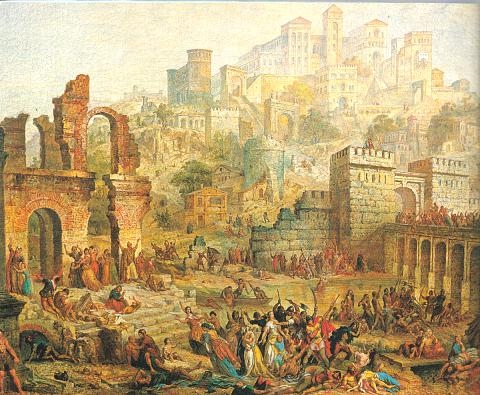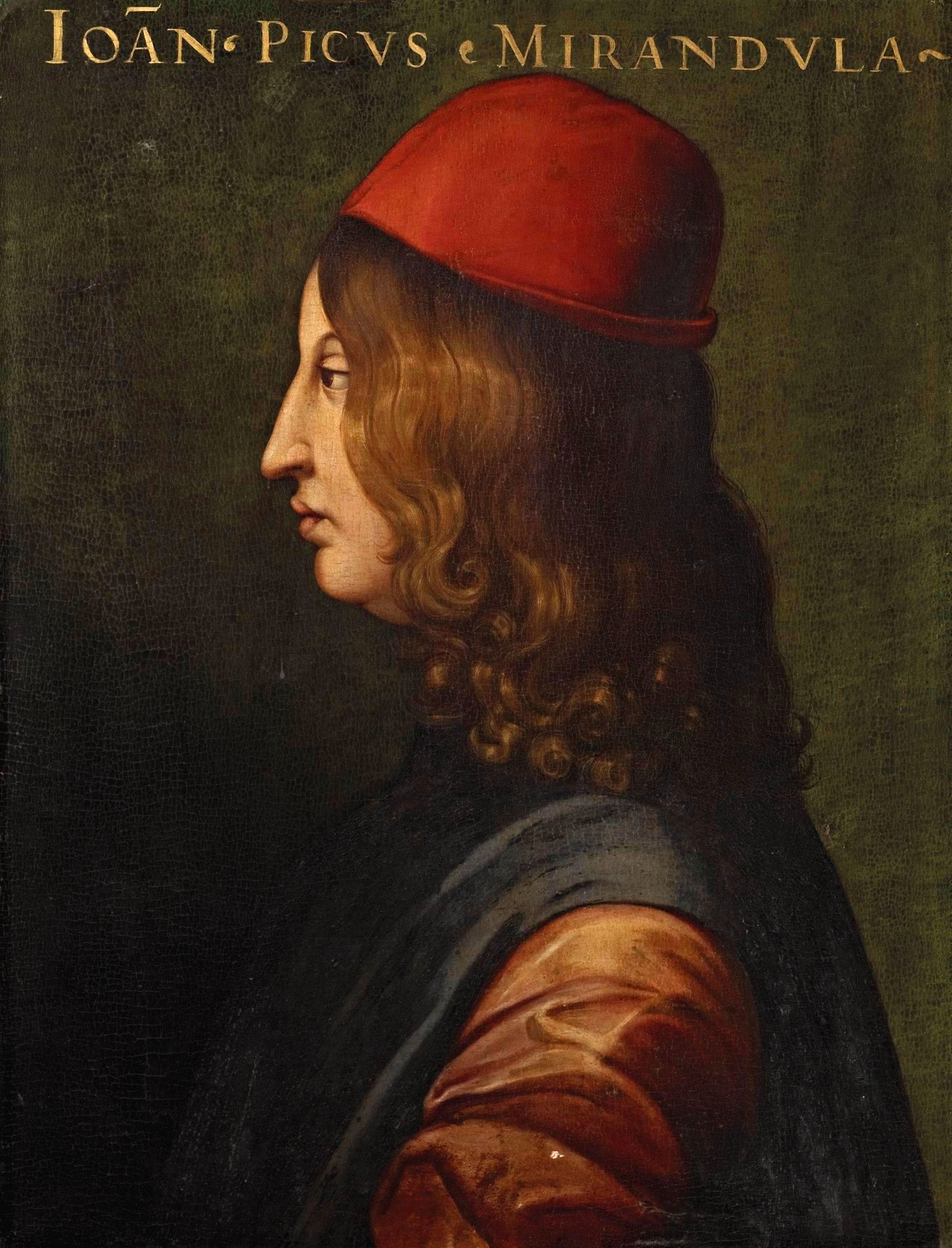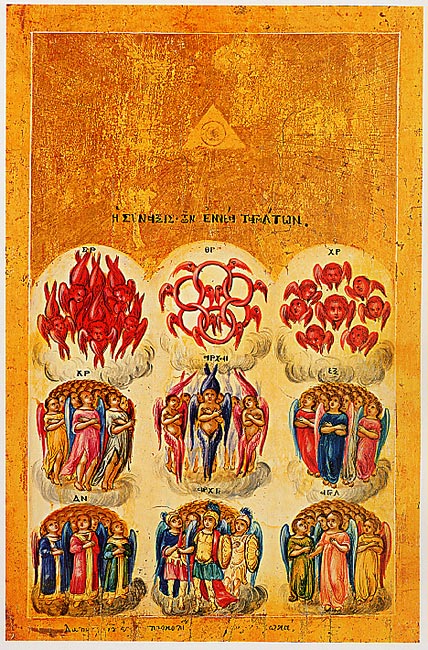|
Sefer Raziel HaMalakh
''Sefer Raziel HaMalakh'' (, "the book of Raziel the angel") is a grimoire of Practical Kabbalah from the Middle Ages written primarily in Hebrew and Aramaic. ''Liber Razielis Archangeli'', its 13th-century Latin translation produced under Alfonso X of Castile, survives. Textual history Like other obscure ancient texts such as the ''Bahir'' and ''Sefer Yetzirah'', ''Sefer HaRaziel'' has been extant in a number of versions. The book cannot be shown to predate the 13th century, but may in parts date back to late antiquity insofar as its title is mentioned in another magical work of late antiquity: '' The Sword of Moses''. The book claims to have been revealed to Adam by the angel Raziel. Critical historians regard it as a medieval work, most probably originating among the Ashkenazi Hasidim, as citations reliant on the main body content of the work as we receive it begin to appear only in the 12th century. At least one section was available to Ibn Ezra before 1153, when he fi ... [...More Info...] [...Related Items...] OR: [Wikipedia] [Google] [Baidu] |
Sefer Raziel Segulot
Sefer may refer to: * Sefer (Hebrew), a term for a book People with the surname *Franjo Šefer (born 1905), Yugoslav tennis player *Bela Šefer, Yugoslav footballer playing in 1924 People with the forename * Sefer Reis, Turkish privateer and Ottoman admiral * Sefer Turan, Turkish journalist and author * Hoca Sefer Hoca Sefer (Ottoman Turkish: خواجه سفر; 1536–38) was an Ottoman captain in charge of pro-Ottoman forces in Gujarat in the first half of the 16th century. Hoca Sefer, who had been installed by the Ottoman captain Selman Reis Selman Reis ..., 15th-century Ottoman captain * Sefer Daja (1897-1977), person from Tirana, Albania See also * * {{disambig, given name ... [...More Info...] [...Related Items...] OR: [Wikipedia] [Google] [Baidu] |
Eleazar Of Worms
Eleazar of Worms (אלעזר מוורמייזא - also מגרמייזא of Garmiza or Garmisa) (c. 1176–1238), or Eleazar ben Judah ben Kalonymus, also sometimes known today as Eleazar Rokeach ("Eleazar the Perfumer" אלעזר רקח) from the title of his ''Book of the Perfumer'' (''Sefer ha rokeah'' ספר הרקח)—where the numerical value of "Perfumer" (in Hebrew) is equal to Eleazar, was a prominent Kabbalist and halakhic authority, among the greatest of the '' Hasidei Ashkenaz'' and a disciple of Rabbi Judah the Pious. He was the author of the ''Sefer ha-Rokeach'' (Rokeach in gematria = Eleazar), one of the Tosafists, and wrote many Kabbalistic works, most of which survive only in manuscript form. He served as a rabbi and judge in Worms, and instituted customs still observed in Ashkenazic communities today. He was called "the Rokeach" after his book, though he was often mistakenly referred to as "Rabbi Eliezer of Germiza". Due to this confusion, he was sometim ... [...More Info...] [...Related Items...] OR: [Wikipedia] [Google] [Baidu] |
Johannes Hartlieb
Johannes Hartlieb (c. 1410Hartlieb's year of birth is unknown; his existence is first attested as the author of ''Kunst der Gedächtnüß'', written during 1430–32, and an estimate of his year of birth as either "c. 1400" or "c. 1410" can be found in literature. – 18 May 1468) was a physician of Late Medieval Bavaria, probably of a family from Neuburg an der Donau. He was in the employment of Louis VII of Bavaria and Albert VI of Austria in the 1430s, and of Albert III of Bavaria from 1440, and of the latter's son Sigismund from 1456. In 1444, he married Sibilla, possibly the daughter of Albert and Agnes Bernauer. Hartlieb wrote a compendium on herbs in ca. 1440, and in 1456 the ''puch aller verpoten kunst, ungelaubens und der zaubrey'' (book on all forbidden arts, superstition and sorcery) on the artes magicae, containing the oldest known description of witches' flying ointment. Hartlieb also produced German translations of various classical and medieval authors ( Tr ... [...More Info...] [...Related Items...] OR: [Wikipedia] [Google] [Baidu] |
Necromancy
Necromancy () is the practice of Magic (paranormal), magic involving communication with the Death, dead by Evocation, summoning their spirits as Ghost, apparitions or Vision (spirituality), visions for the purpose of divination; imparting the means to foretell future events and discover hidden knowledge. Sometimes categorized under ''death magic'', the term is occasionally also used in a more general sense to refer to black magic or witchcraft as a whole. Etymology The word ''necromancy'' is adapted from Late Latin : a loan word from the Koine Greek, post-Classical Greek (, or 'divination through a dead body'), a compound of Ancient Greek (, or 'dead body') and (, or 'divination'). The Koine Greek compound form was first documented in the writings of Origen, Origen of Alexandria in the 3rd century AD. The Classical Greek term was (), from the episode of the ''Odyssey'' in which Odysseus visits the realm of the dead souls, and in Hellenistic Greek; in Classical Latin, ... [...More Info...] [...Related Items...] OR: [Wikipedia] [Google] [Baidu] |
Picatrix
''Picatrix'' is the Latin name used today for a 400-page book of magic and astrology originally written in Arabic under the title ''Ghāyat al-Ḥakīm'' (), or ''Ghayat al-hakim wa-ahaqq al-natijatayn bi-altaqdim'' which most scholars assume was originally written in the middle of the 11th century, though an argument for composition in the first half of the 10th century has been made. The Arabic title translates as ''The Aim of the Sage'' or ''The Goal of The Wise''. The Arabic work was translated into Spanish and then into Latin during the 13th century, at which time it got the Latin title ''Picatrix''. The book's title ''Picatrix'' is also sometimes used to refer to the book's author. ''Picatrix'' is a composite work that synthesizes older works on magic and astrology. One of the most influential interpretations suggests it is to be regarded as a "handbook of talismanic magic". Another researcher summarizes it as "the most thorough exposition of celestial magic in Arabic", ind ... [...More Info...] [...Related Items...] OR: [Wikipedia] [Google] [Baidu] |
Renaissance Magic
Renaissance magic was a resurgence in Hermeticism and Neoplatonic varieties of the magical arts which arose along with Renaissance humanism in the 15th and 16th centuries CE. During the Renaissance period, magic and occult practices underwent significant changes that reflected shifts in cultural, intellectual, and religious perspectives. C. S. Lewis, in his work on English literature, highlighted the transformation in how magic was perceived and portrayed. In medieval stories, magic had a fantastical and fairy-like quality, while in the Renaissance, it became more complex and tied to the idea of hidden knowledge that could be explored through books and rituals. This change is evident in the works of authors like Spenser, Marlowe, Chapman, and Shakespeare, who treated magic as a serious and potentially dangerous pursuit. Heinrich Cornelius Agrippa, a scholar, physician, and astrologer, popularized the Hermetic and Cabalistic magic of Marsilio Ficino and Giovanni Pico della ... [...More Info...] [...Related Items...] OR: [Wikipedia] [Google] [Baidu] |
Sefer Adam
Sefer may refer to: * Sefer (Hebrew), a term for a book People with the surname *Franjo Šefer (born 1905), Yugoslav tennis player *Bela Šefer, Yugoslav footballer playing in 1924 People with the forename * Sefer Reis, Turkish privateer and Ottoman admiral * Sefer Turan, Turkish journalist and author * Hoca Sefer Hoca Sefer (Ottoman Turkish: خواجه سفر; 1536–38) was an Ottoman captain in charge of pro-Ottoman forces in Gujarat in the first half of the 16th century. Hoca Sefer, who had been installed by the Ottoman captain Selman Reis Selman Reis ..., 15th-century Ottoman captain * Sefer Daja (1897-1977), person from Tirana, Albania See also * * {{disambig, given name ... [...More Info...] [...Related Items...] OR: [Wikipedia] [Google] [Baidu] |
Names Of God In Judaism
Judaism has different names given to God in Judaism, God, which are considered sacred: (), (''Adonai'' ), (''El (deity), El'' ), ( ), (''El Shaddai, Shaddai'' ), and ( ); some also include I Am that I Am.This is the formulation of Joseph Karo (SA YD 276:9). Maimonides (MT Yesodei haTorah 6:2), Jacob ben Asher (AT YD 276), and Isaac Alfasi (HK Menachot 3b) also included I Am that I Am, as do many later authorities, including Moses Isserles (SA YD 276:9). The original lists are found in y. Megillah 1:9 and b. Shavuot 35a, with some MSs agreeing with each authority. Maimonides and followers give the number of names as seven; however, manuscript inconsistency makes it difficult to judge which are included. Authorities including Asher ben Jehiel (''Responsa'' 3:15), the Tosafot, Tosafists (b. Sotah 10a), Yechiel of Paris (cited ''Birkei Yosef, Oraḥ Hayyim'' 85:8), Simeon ben Zemah Duran, Yaakov ben Moshe Levi Moelin, and Moses Isserles (SA YD 276:13), include the term Shalom ... [...More Info...] [...Related Items...] OR: [Wikipedia] [Google] [Baidu] |
Gematria
In numerology, gematria (; or , plural or ) is the practice of assigning a numerical value to a name, word, or phrase by reading it as a number, or sometimes by using an alphanumeric cipher. The letters of the alphabets involved have standard numerical values, but a word can yield several values if a cipher is used. According to Aristotle (384–322 BCE), isopsephy, based on the Milesian numbering of the Greek alphabet developed in the Greek city of Miletus, was part of the Pythagorean tradition, which originated in the 6th century BCE. The first evidence of use of Hebrew letters as numbers dates to 78 BCE; gematria is still used in Jewish culture. Similar systems have been used in other languages and cultures, derived from or inspired by either Greek isopsephy or Hebrew gematria, and include Arabic abjad numerals and English gematria. The most common form of Hebrew gematria is used in the Talmud and Midrash, and elaborately by many post-Talmudic commentators. It inv ... [...More Info...] [...Related Items...] OR: [Wikipedia] [Google] [Baidu] |
Zodiac
The zodiac is a belt-shaped region of the sky that extends approximately 8° north and south celestial latitude of the ecliptic – the apparent path of the Sun across the celestial sphere over the course of the year. Within this zodiac belt appear the Moon and the brightest planets, along their orbital planes. The zodiac is divided along the ecliptic into 12 equal parts, called " signs", each occupying 30° of celestial longitude. These signs roughly correspond to the astronomical constellations with the following modern names: Aries, Taurus, Gemini, Cancer, Leo, Virgo, Libra, Scorpio, Sagittarius, Capricorn, Aquarius, and Pisces. The signs have been used to determine the time of the year by identifying each sign with the days of the year the Sun is in the respective sign. In Western astrology, and formerly astronomy, the time of each sign is associated with different attributes. The zodiacal system and its angular measurement in 360 sexagesimal degree ... [...More Info...] [...Related Items...] OR: [Wikipedia] [Google] [Baidu] |
Hierarchy Of Angels
In the angelology of different religions, a hierarchy of angels is a ranking system of angels. The higher ranking angels have greater power and authority than lower ones, and different ranks have differences in appearance, such as varying numbers of wings or faces. Abrahamic religions Judaism The Jewish angelic hierarchy is established in the Hebrew Bible, Talmud, Rabbinic literature, and traditional Jewish liturgy. They are categorized in different hierarchies proposed by various theologians. For example, Maimonides, in his '' Mishneh Torah'' or '' Yad ha-Chazakah: Yesodei ha-Torah'', counts ten ranks of angels. The '' Zohar'', in ''Exodus 43a'', also lists ten ranks of angels. Jacob Nazir, in his '' Maseket Atzilut'', also listed ten ranks of angels. Abraham ben Isaac of Granada, in his '' Berit Menuchah'', also listed ten ranks of angels. All of them are ranked with 1 being the highest, and all subsequent numbers being lower ranks. Christianity The most influen ... [...More Info...] [...Related Items...] OR: [Wikipedia] [Google] [Baidu] |
Midrash
''Midrash'' (;"midrash" . ''Random House Webster's Unabridged Dictionary''. ; or ''midrashot'') is an expansive Judaism, Jewish Bible, Biblical exegesis using a rabbinic mode of interpretation prominent in the Talmud. The word itself means "textual interpretation", "study", or "exegesis", derived from the root verb (), which means "resort to, seek, seek with care, enquire, require". Midrash and rabbinic readings "discern value in texts, words, and letters, as potential revelatory spaces", writes the Hebrew scholar Wilda Gafney. "They reimagine dominant narratival readings while crafting new ones to stand alongside—not replace—former readings. Midrash also asks questions of the text; sometimes it provides answers, sometimes it leaves the reader to answer the questions". Vanessa Lovelace defines midrash as "a Jewish mode of int ... [...More Info...] [...Related Items...] OR: [Wikipedia] [Google] [Baidu] |









